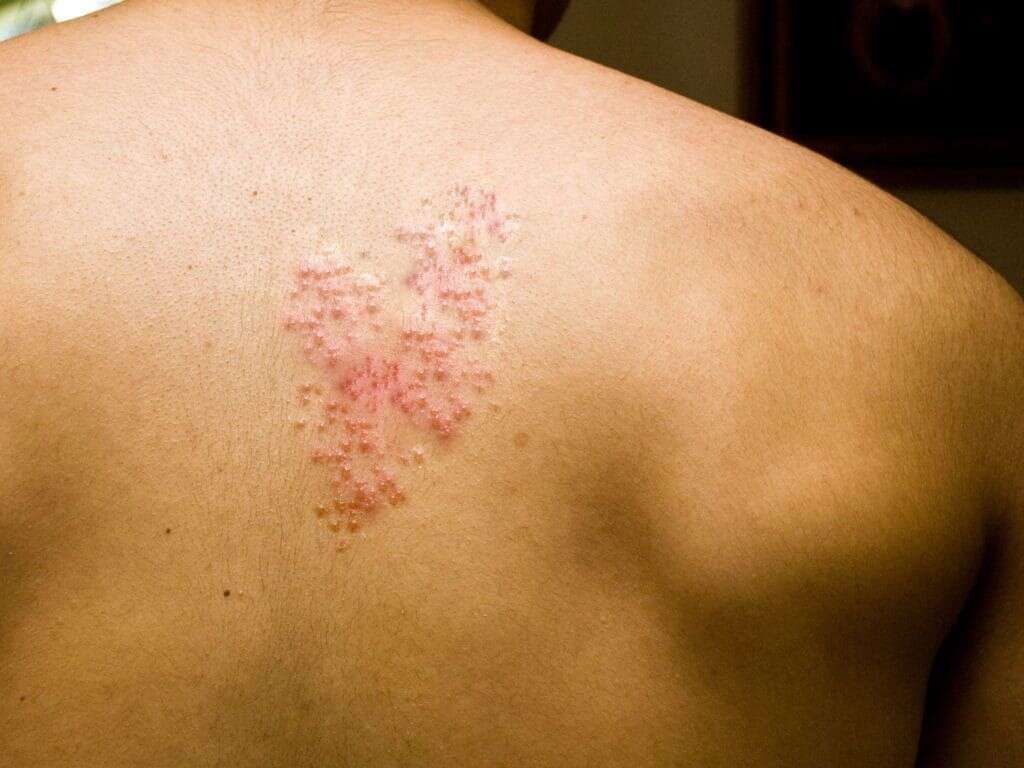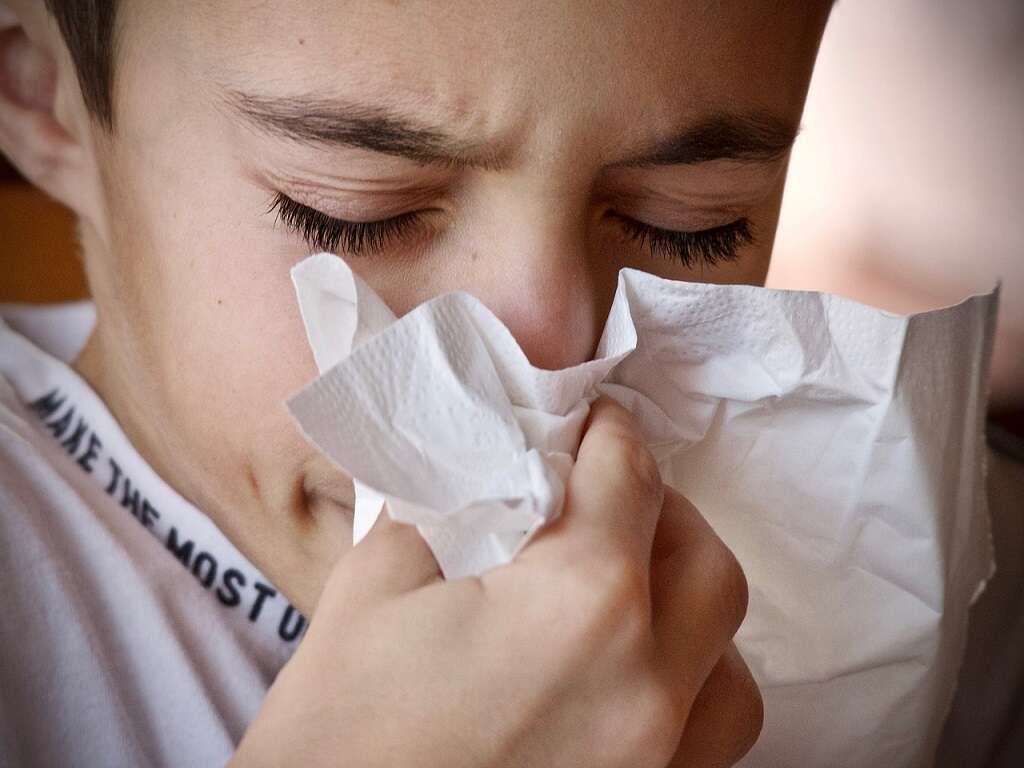What Is Shingles?
Shingles is a viral disease caused by the varicella zoster virus (VZV), which also causes chickenpox. The virus attacks one of the ganglions of a sensory nerve, and the area of the skin supplied by this nerve gets affected. And since this virus is common for both chickenpox and shingles, anyone who had chickenpox may have shingles later in life. Statically, about 30 percent of people may get shingles at some point in their lives.
For a person to develop shingles, they must acquire the varicella zoster virus or have had chickenpox. The virus can remain inactive for years, and later reactivate, and cause shingles. It is, however, not common to develop shingles even if you have the dormant virus in your body. While any person who had chickenpox can get shingles, the condition is more likely to occur in people 50 years or older.
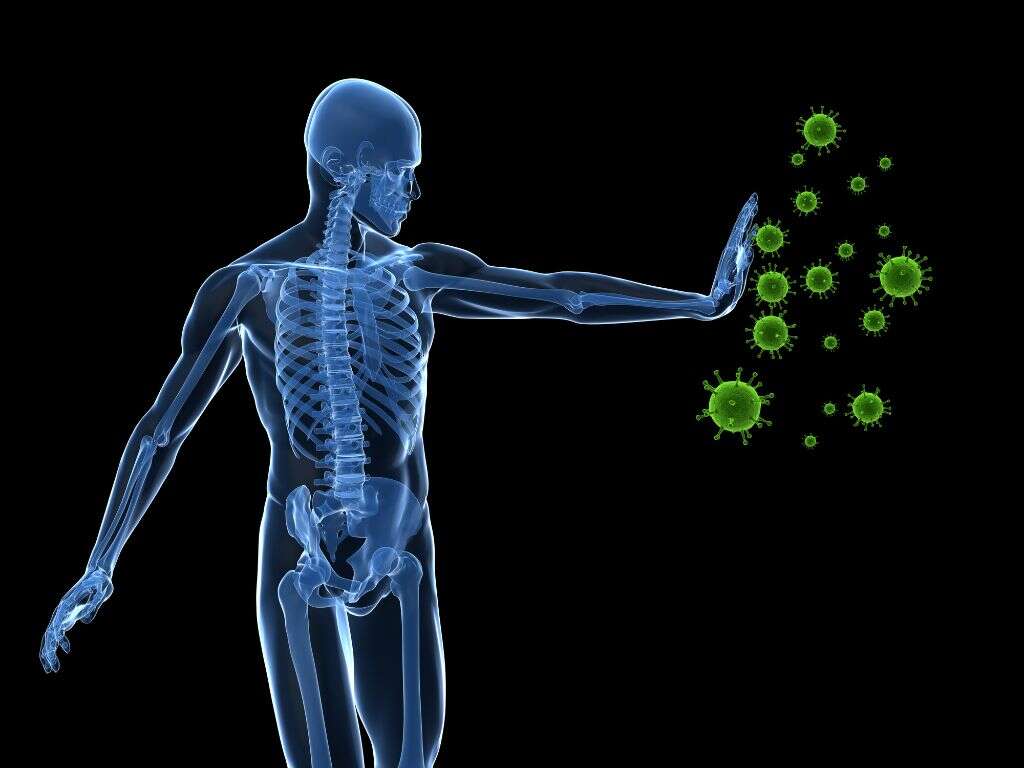
1. Symptoms of Shingles
Shingles usually affects a particular area of the body on a single side. The first symptoms and signs include pain, numbness, itching, a burning sensation, and sensitivity to even the slightest touch. After a few days, a red rash appears on the affected area accompanied by fluid-filled blisters that keep breaking open, and a crust forms over them. Since shingles is a viral infection, there are common symptoms such as fever, headache, sensitivity to light, and general fatigue.

2. Causes of Shingles
As mentioned earlier, VZV is the cause of chickenpox and shingles. After the full recovery from chickenpox, the virus stays dormant in one of the ganglions of the peripheral nervous system.
Shingles is also called herpes zoster, and VZV is one of the so-called herpes zoster viruses. Herpes viruses lie dormant in the nervous system where they can remain inactive for a long time until a trigger causes reactivation.
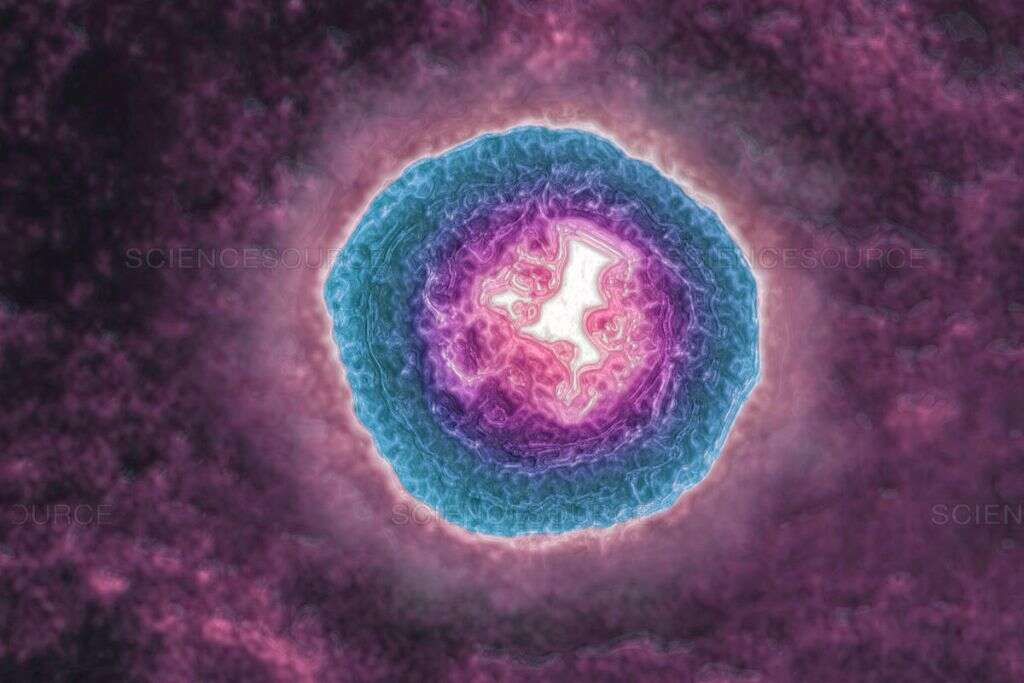
3. Risk Factors
When a risk factor or a trigger arises, the herpes zoster virus reactivates. This is like waking the virus up to cause a new infection. It is not clear what exactly triggers the virus to reactivate.
However, the accepted theory is that the virus reactivates when the immune system is weakened or compromised. The risk factors include old age, immunosuppressive drugs, too much stress, malignant tumors, and cancer treatments.

4. Other Diseases and Conditions Shingles
Many chronic diseases can contribute to the reactivation of shingles. Hyperlipidemia, hypertension, and diabetes usually cause suppression to the immune system, and are at the top of the diseases associated with shingles.
Allergic rhinitis, chronic obstructive pulmonary diseases or COPD, coronary artery disease, depression, gout, osteoarthritis, immunosuppressive conditions and medications, antineoplastic medications, cancer, HIV, AIDS, immunologic disorders, and organ transplants are additional diseases and conditions associated with shingles. Shingles is more common among women above 50 years compared to men.

5. Complications of Shingles
Complications of shingles are rare, and are usually associated with the impairment of the immune system. They include post-herpetic neuralgia, inflammations of the brain and/or spinal cord, strokes, meningitis, encephalitis, eye problems, general weakness, hearing, and balance problems, pneumonia, and damage blood vessels.
About 10 to 20 percent of shingles patients will have post-herpetic neuralgia. This is post-attack pain that lasts longer than the rash. If you have a weak immune system and have had a chickenpox infection in the past, you should talk to your doctor about the risks of developing shingles, and its management.

6. Disease Process
The disease begins with pain and then progresses to other shingles symptoms. The pain may be sharp such that it may be mistaken with other health problems depending on its location.
For example, if the pain is on the chest, it may be mistaken with heart or chest problems, especially in people who don’t develop a rash.
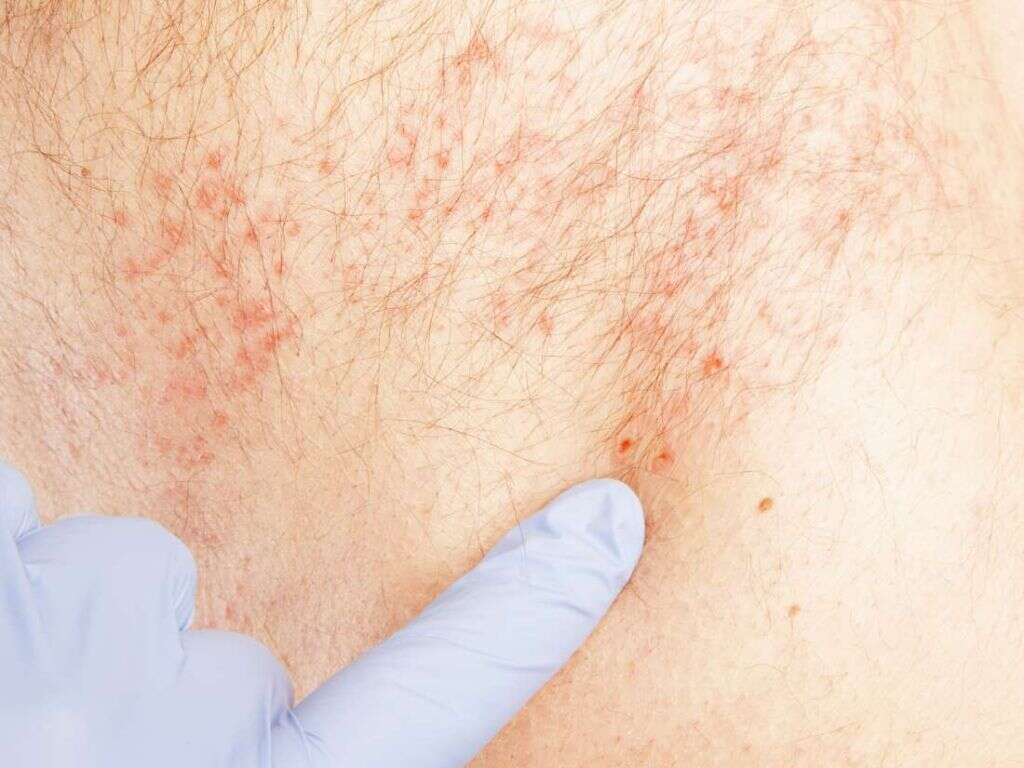
7. Can Diet or Lifestyle Changes Benefit a Person with Shingles?
Two vaccines are used to decrease the risk of reactivating VZV, and the severity of post-herpetic neuralgia. Live HSV is usually given to people above 60 while the dead virus vaccine is usually given to people above 50, two to six months apart. Additionally, the chickenpox vaccine reduces the risk of getting both chickenpox and shingles.
While there is no known diet that can help prevent or clear shingles, eating a balanced diet that is rich in fruits and vegetables can boost your immune system function, and therefore reduce shingles attacks. Exercise is another way to keep fit and healthy.

8. Diagnosis
Once the rash appears, a differential diagnosis should be made visually. Herpes simplex virus and the varicella zoster virus can produce a similar rash. If the patient had chickenpox, the condition is most probably shingles. However, a smear test may be done for confirmation of the condition, especially if it is acute.
VZV-specific IgM antibody in blood is the most common laboratory test done to confirm shingles. These antibodies appear only when the virus is active, and either chickenpox or shingles is present. Other tests such as PCR and VZV DNA analysis are also available, although they are not usually done.

9. Treatment
Treatment for shingles consists of two aspects: fighting the virus and managing the symptoms. Antiviral treatment aims to relieve the symptoms, prevent any complications, and decrease the possibility of the rash coming back. Taking painkillers, reducing triggers and risk factors such as stress, eating well, exercising regularly, and wearing comfortable clothes are recommended in the management of the symptoms.
Calamine lotion, taking regular lukewarm baths, and washing your clothes with non-irritating chemicals are helpful. Some people recover through the use of home treatment. However, if the symptoms remain, you should seek medical help.

10. Long-Term Outlook
Shingles is common in people who have had chickenpox. In most cases, recovery is achieved within 5 weeks. However, in some cases, severe complications may occur. People who have weak immune systems or diseases that compromise their immune systems are at risk.
It is, therefore, essential to get the varicella vaccination during childhood to prevent VZV from causing chickenpox and shingles. If you did not get vaccinated during your childhood, other vaccinations and inoculations are available. If you are 50 or older, and have had chickenpox, you are advised to get vaccinated, and not wait until the symptoms appear.




